Kumano Kodo
Pilgrimage in Japan
Order now!
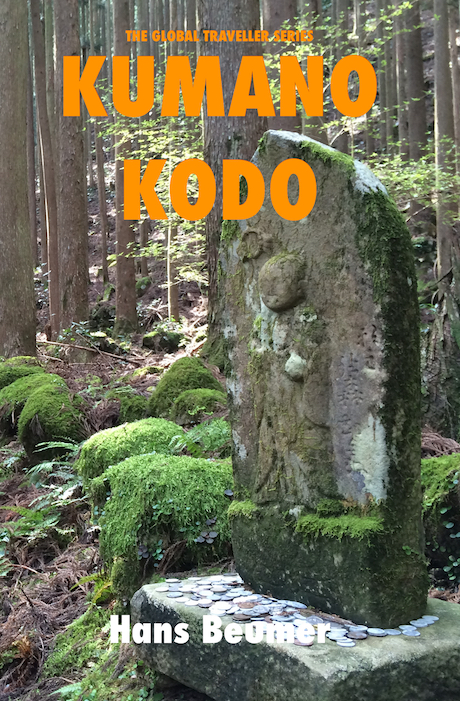
Kumano Kodo: Get your Definitive Travel Guide to Japanese World Heritage Pilgrimage Routes
Do you like hiking? Do you enjoy mountainous and isolated trails? Did you already walk the Camino de Santiago? Are you interested in Japanese Culture? Do you enjoy thousand years old Historical and Cultural Temples and Shrines?
Then you will enjoy reading this 376 pages book about the KUMANO KODO, thousand-year-old Pilgrimage trails in the Kii Mountains of Japan. The first and only authoritative, detailed and most complete English travel guide for 200km of trails, 16’000m of altitude and 60hrs of hiking. This travel guide covers two UNESCO World Heritage Pilgrimage Routes: the Nakahechi and Kohechi Routes. Explore the Kumano Kodo History, Spiritual and Cultural Background, Practical Hiking & Travel Experiences, Tips, Extensive Route Descriptions, Trail Statistics & Charts and over 600 Photos
Ancient Pilgrimage Routes
What motivates a person to walk 200 kilometers over isolated mountainous trails and undergo the hardship of the physical strain and the emotional solitude? A thousand years ago, the pilgrim on the Kumano Kodo trail would have answered as follows:
“To undergo the suffering and hardship of the long and dangerous trails, combined with frequent cold water purification, is to be relieved from all sins, so that he can receive rebirth and rejuvenation from the Kumano deities living in the Kumano Grand Shrines.”
Read this Kumano Kodo guide book, take in all the cultural experiences and historical background, the descriptions of the trails and the sights of the Nakahechi and Kohechi Routes from the written words and photos, and then plan to find the answer yourself.
Sacred Heritage Sites
UNESCO has declared the sacred Sites of Kumano Sanzan and Koyasan as a World Heritage Site in 2004. The Kumano Sanzan consists of three Grand Shrines located in Hongu, Shingu and Nachi, located in the Southeast of the Japanese Kii Peninsula. They are the main destinations of the Kumano Kodo. Koyasan was founded in the year 816 as a Buddhist retreat deep in the mountains. It lies in the heart of the Kii Mountains at an elevation of around 900 meters. This is the starting point of the Kumano Kodo Kohechi Route. This guidebook elaborately describes these sacred sites, accompanied by many photos. Read about the Shinto Shrines, Buddhist Temples and how it is to meditate together with the Monks in Koyasan, while staying at a Temple-inn. During your pilgrimage along the Kumano Kodo you come across many Temples, Oji, Jizo, Shrines, Kannon and other Buddhist religious buildings and statues. It is good to understand their purpose and meaning.
Cultural Landscapes
The natural environment of dense rain forests, with only very few roads and access points, provides an extraordinary hiking experience on the Kumano Kodo trails. On certain section of the Nakahechi and Kohechi Routes, you can walk for hours without meeting a single soul. Along the Kumano Kodo there are panoramic viewpoints on the mountain ranges and on crystal clear rivers snaking through the valleys. In Nachi Taisha you find Japan’s highest waterfall, which is worshipped like a deity. Read the detailed Kumano Kodo trail descriptions and see the cultural landscapes in words and in photos. The Japanese culture differs quite a bit from the Western and other Asian cultures. Within the general Japanese culture, the common practices and local habits along the Kumano Kodo trails in the heart of the Kii Mountains on the Kii peninsula seem to bestow an extra dimension to this culture.
Paperback, Color: ISBN 9783906861081 – buy at 40% discount on LULU.com
Paperback, B/W: ISBN 9783906861036
EBook: ISBN 9783906861074
Pages: 376, including 600 photos and 20 graphs/charts
Language: English
Edition: First
Published: May 2016
Publisher: Hans Beumer Publications

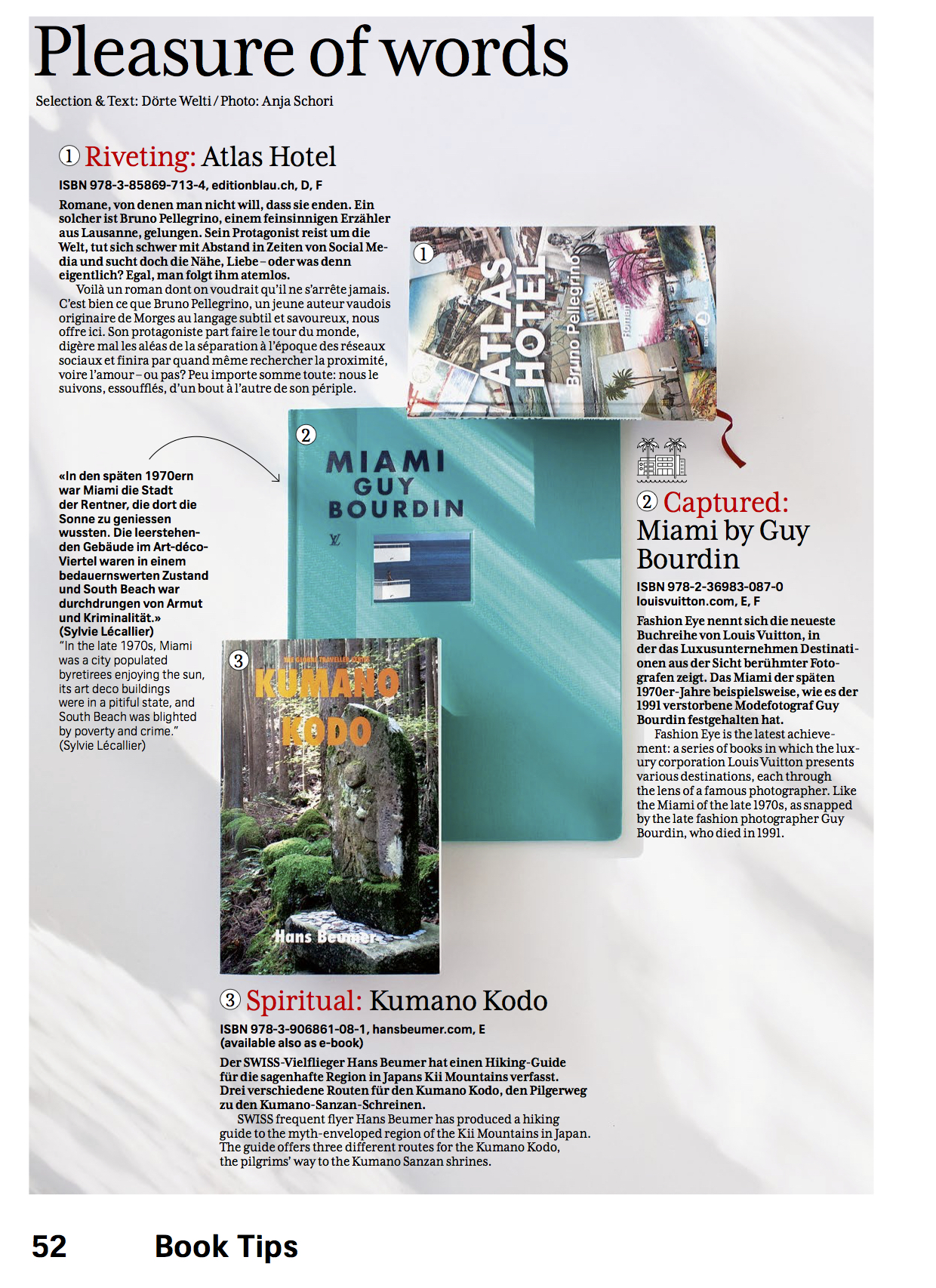

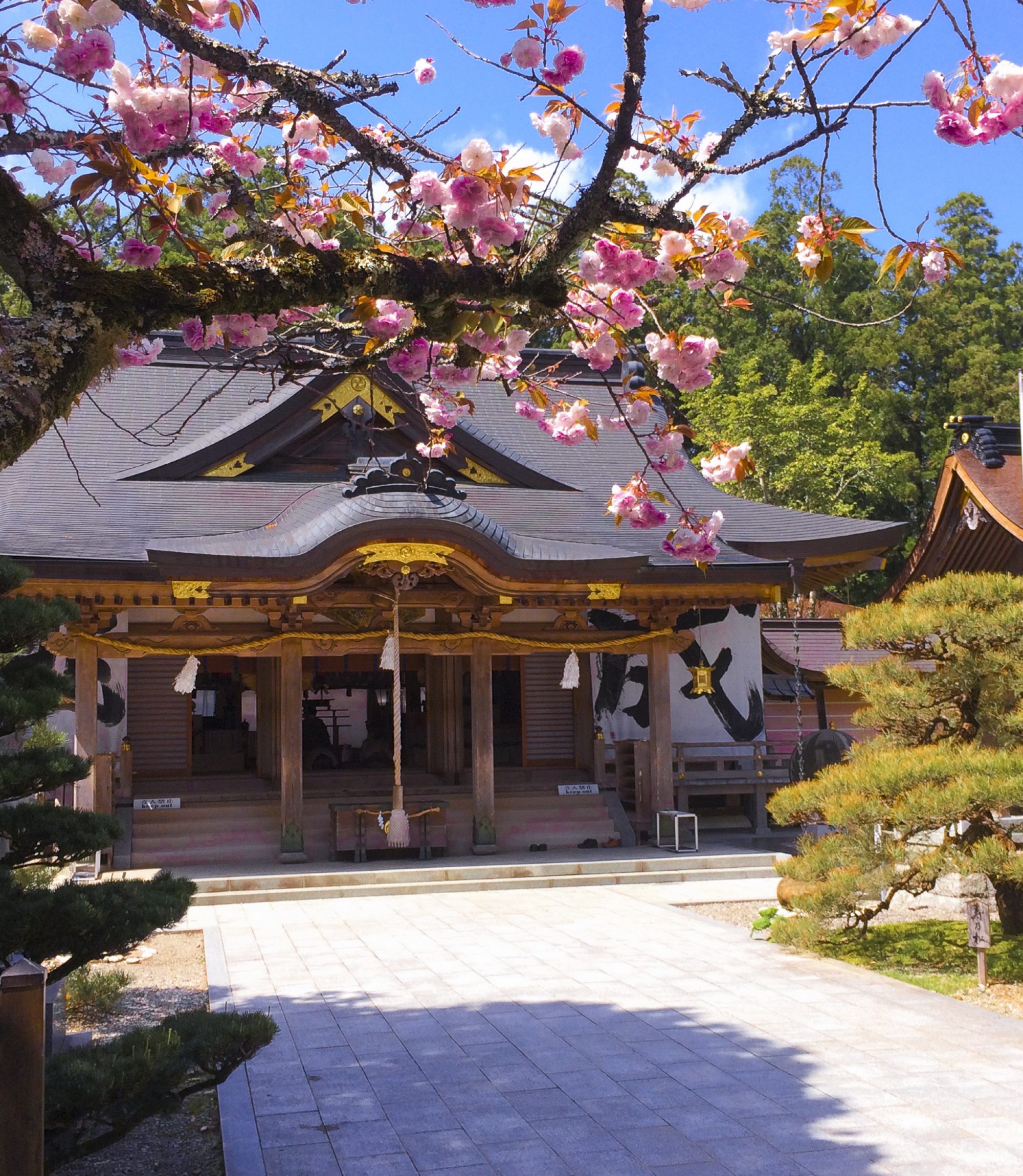
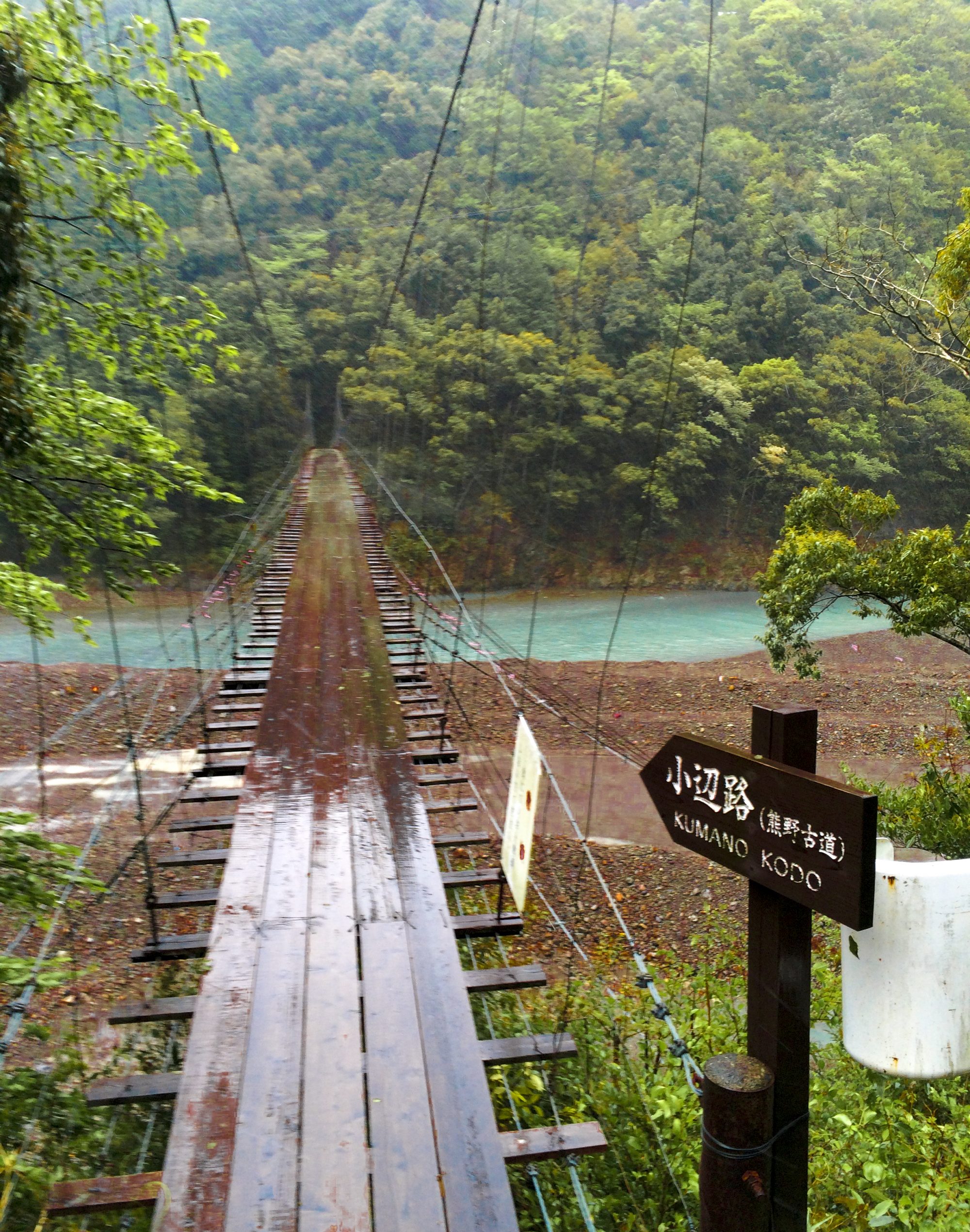
Book Preview (selected pages)
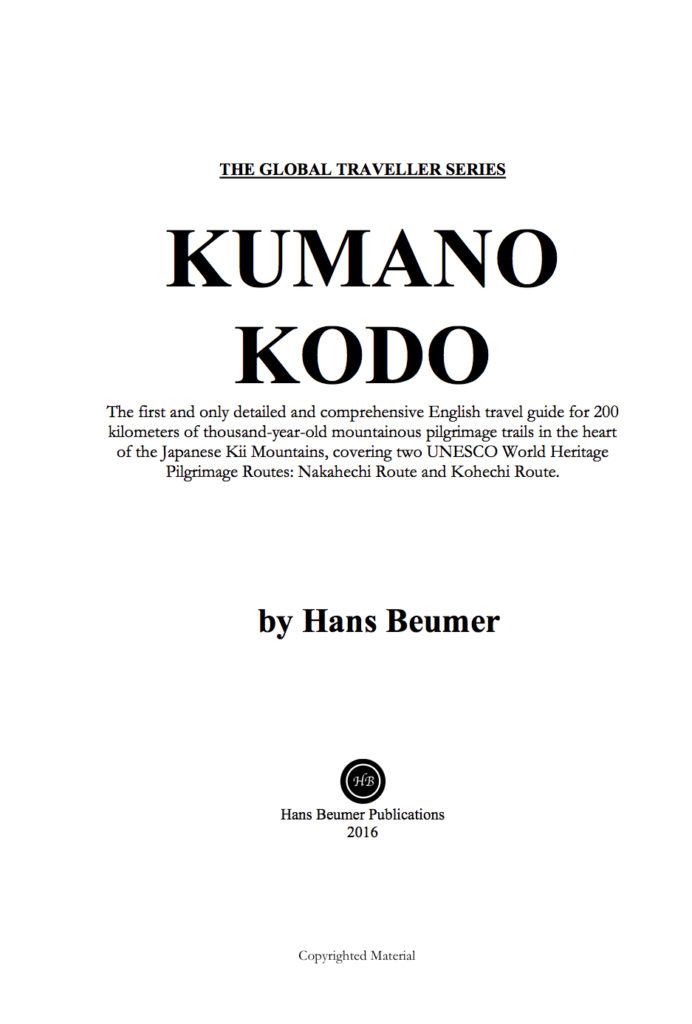

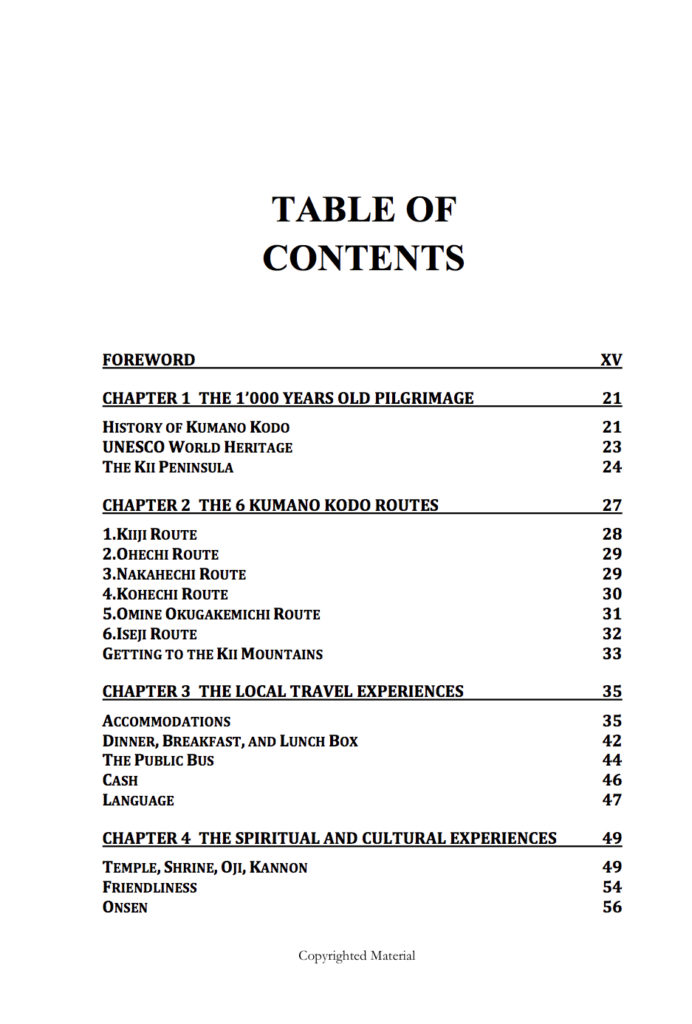

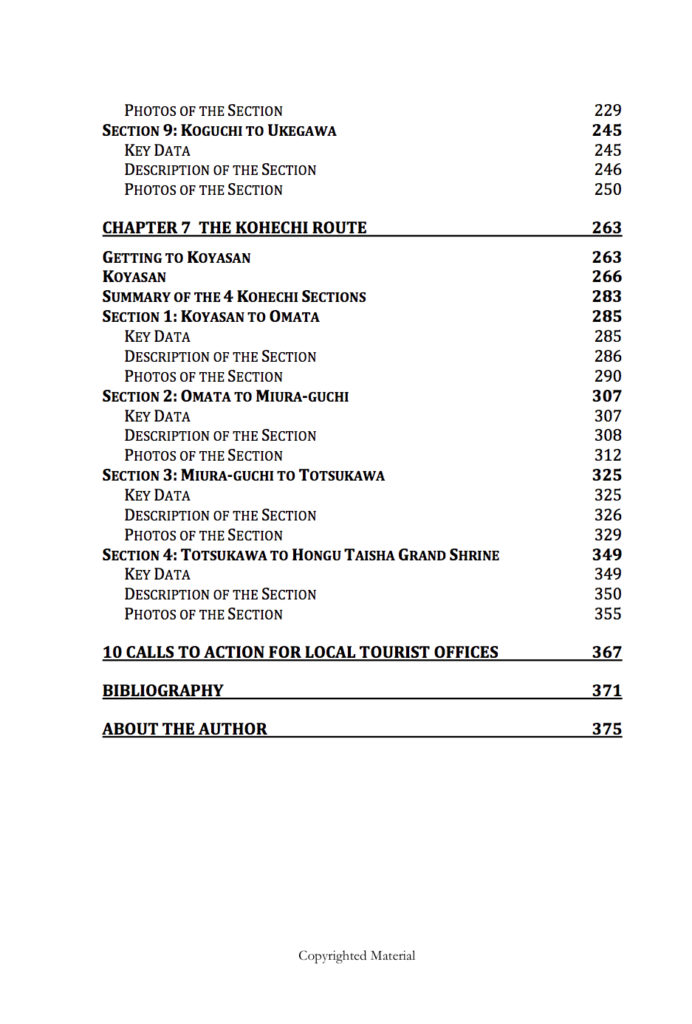
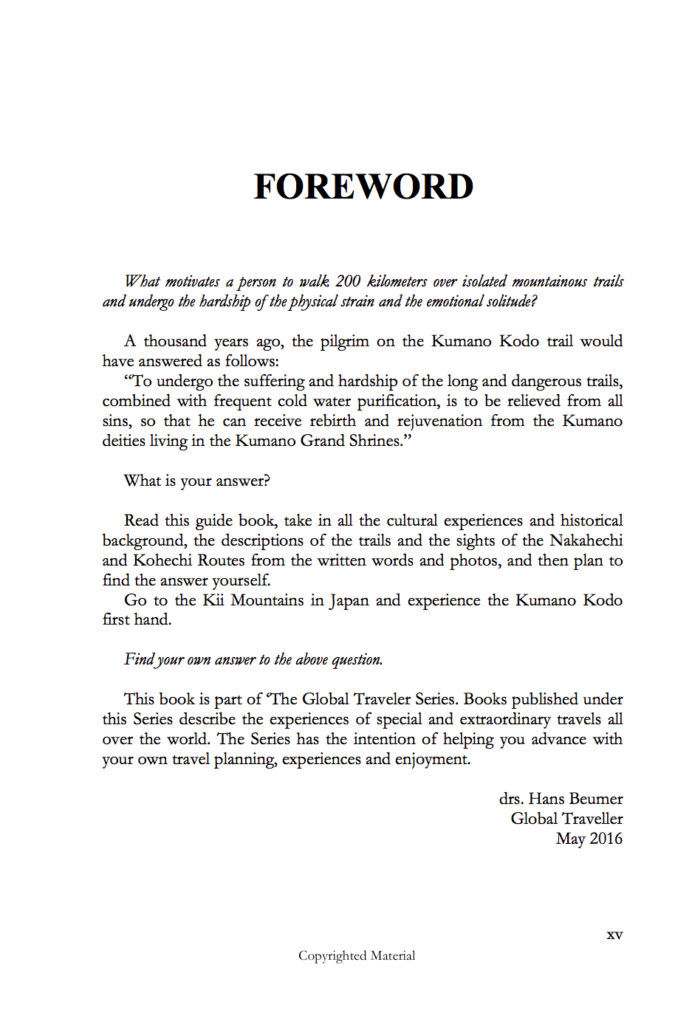
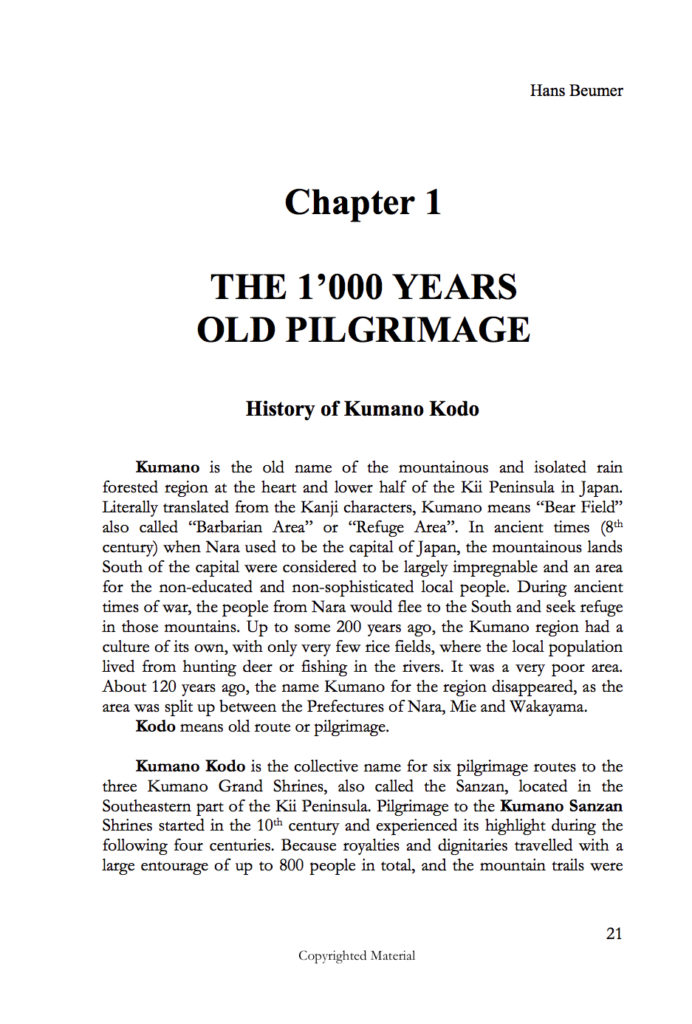
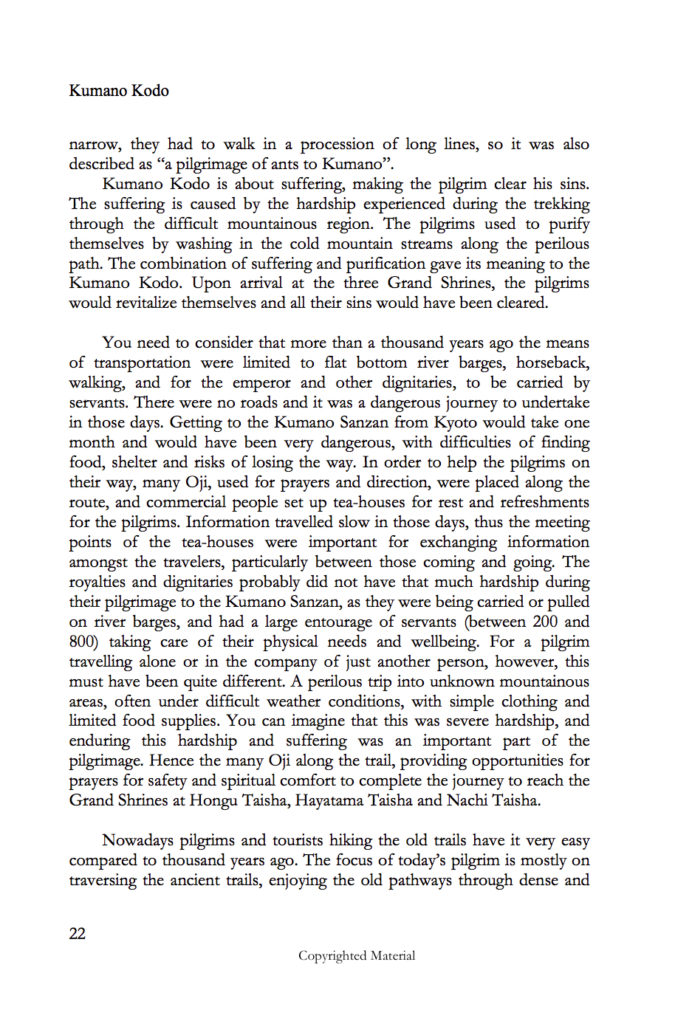
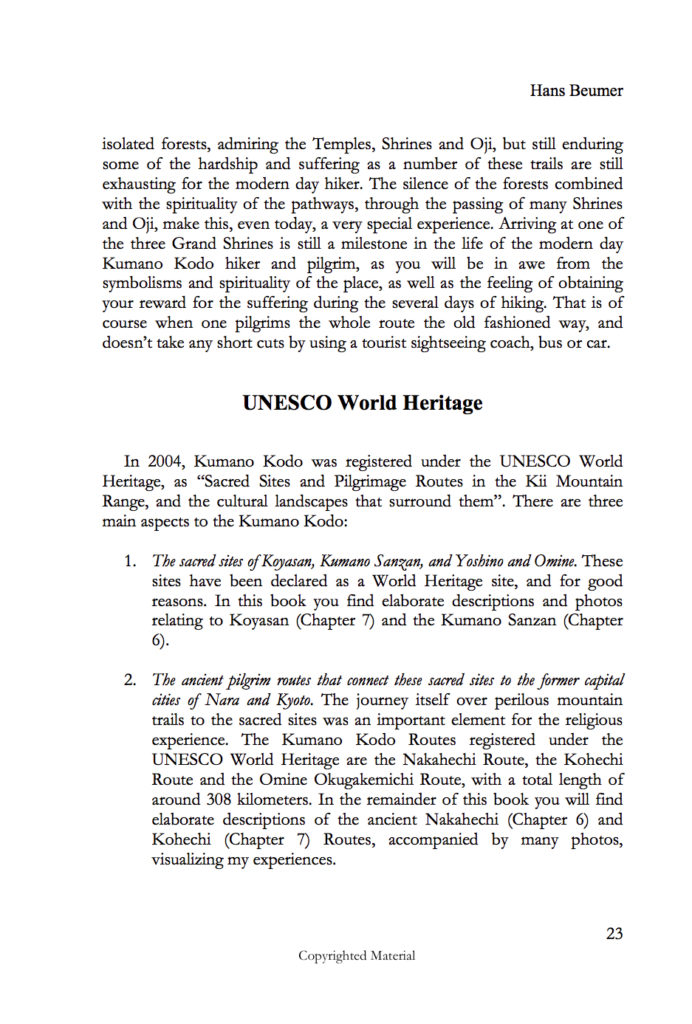

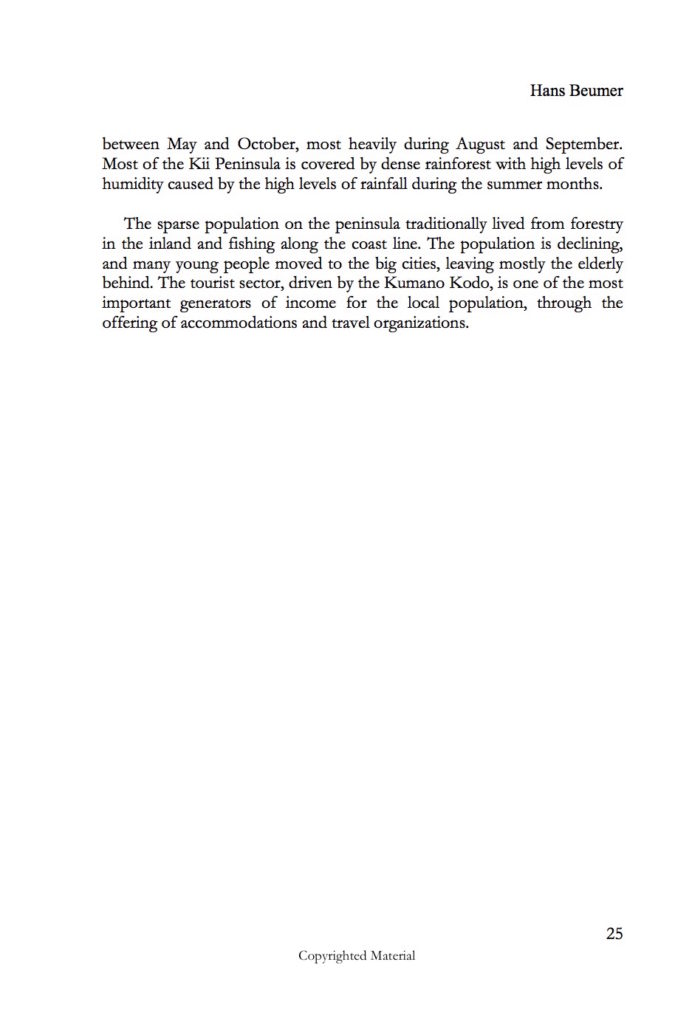
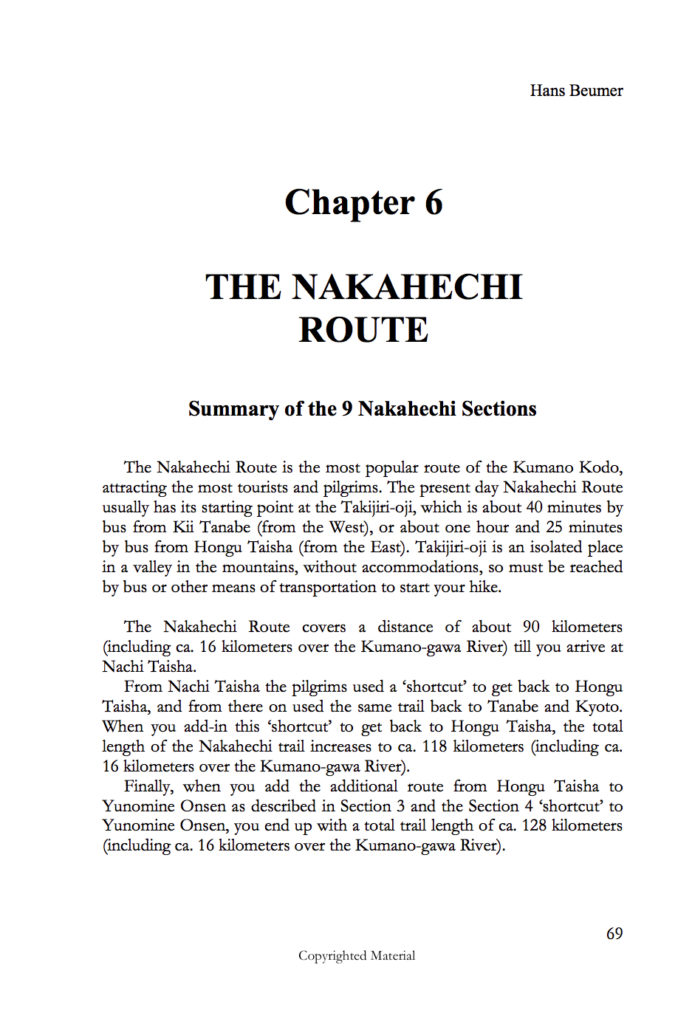
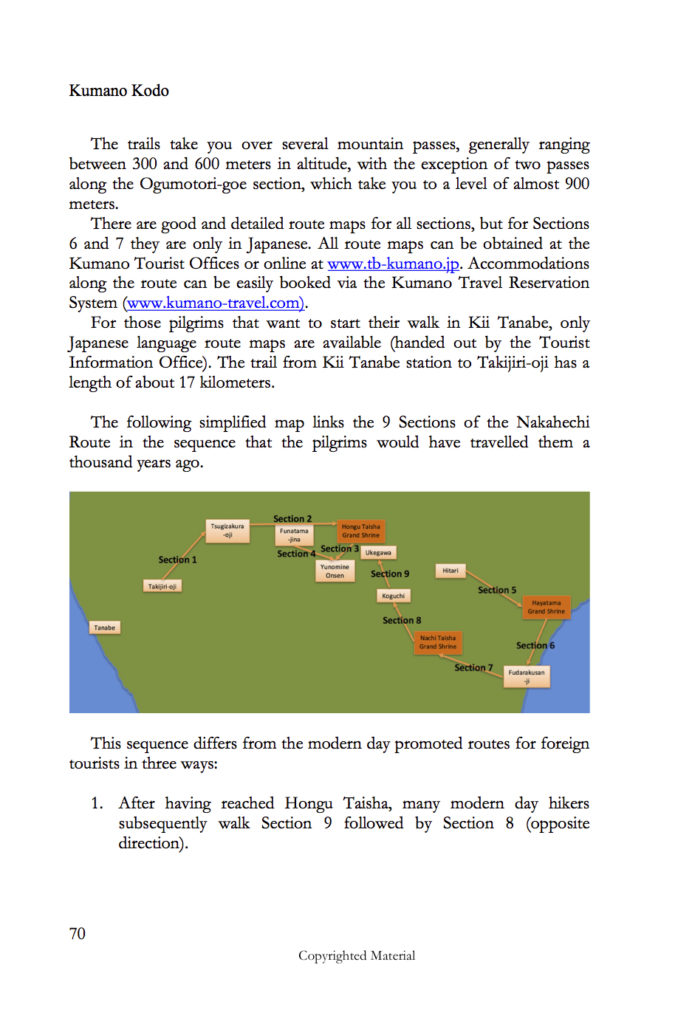
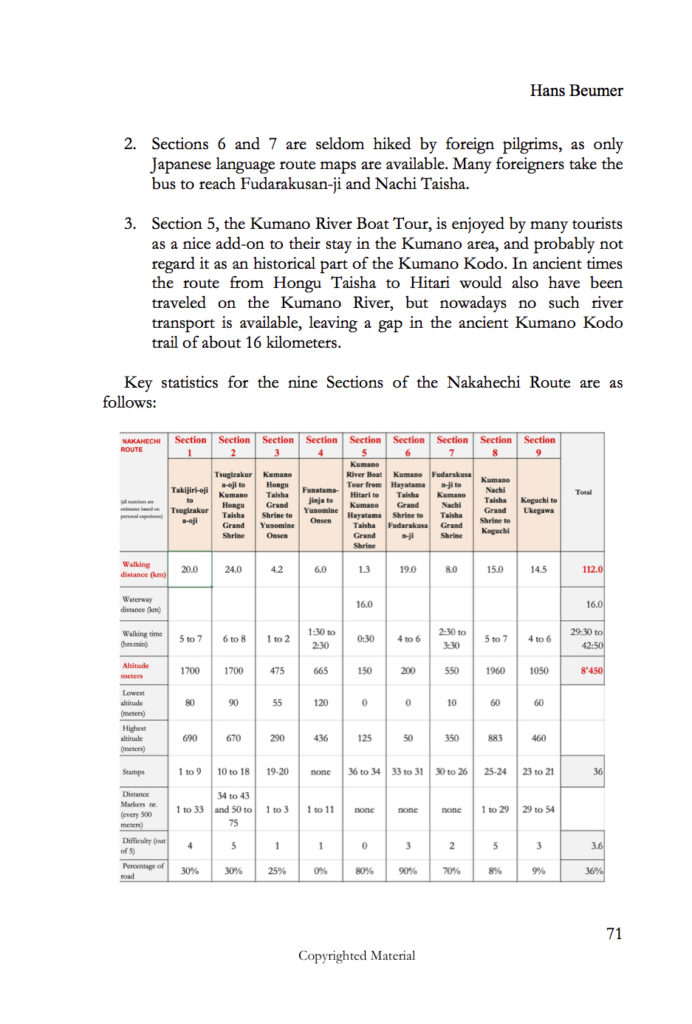
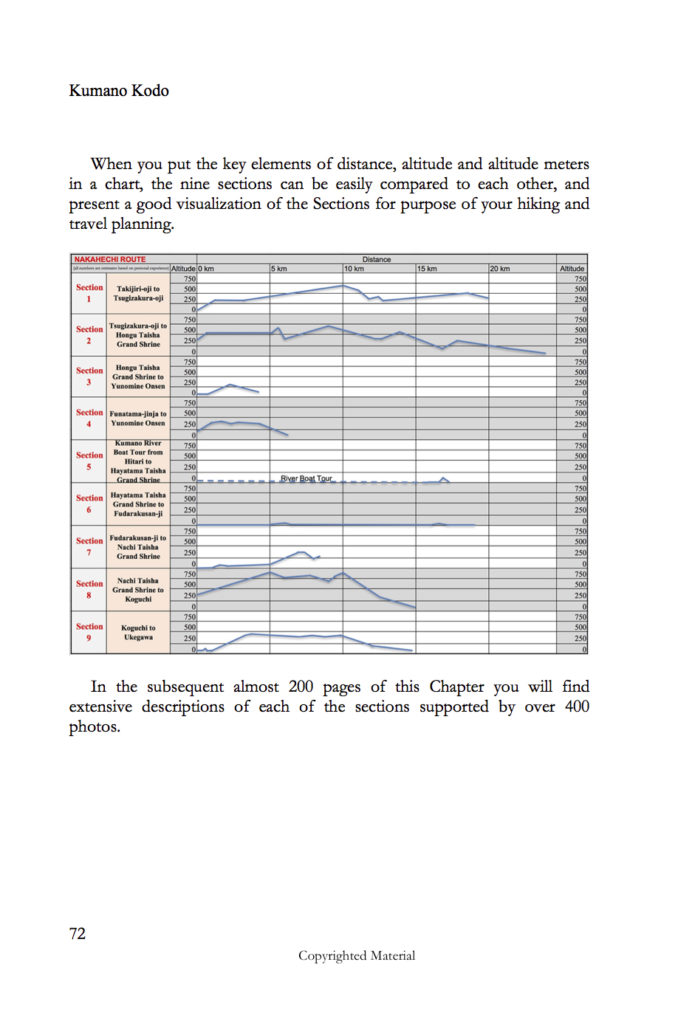
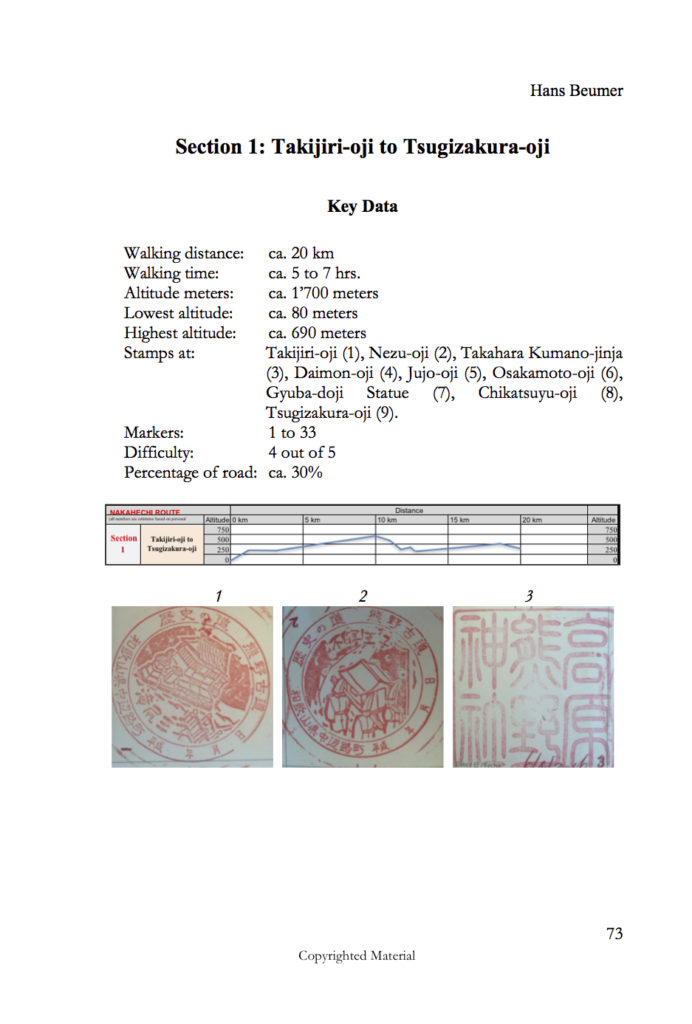
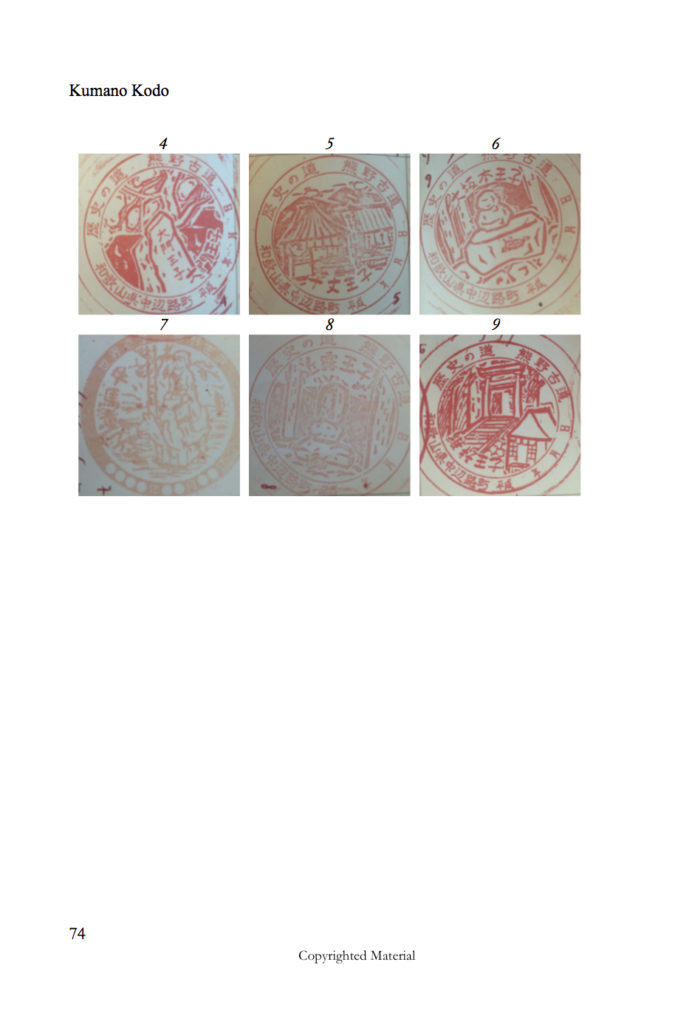


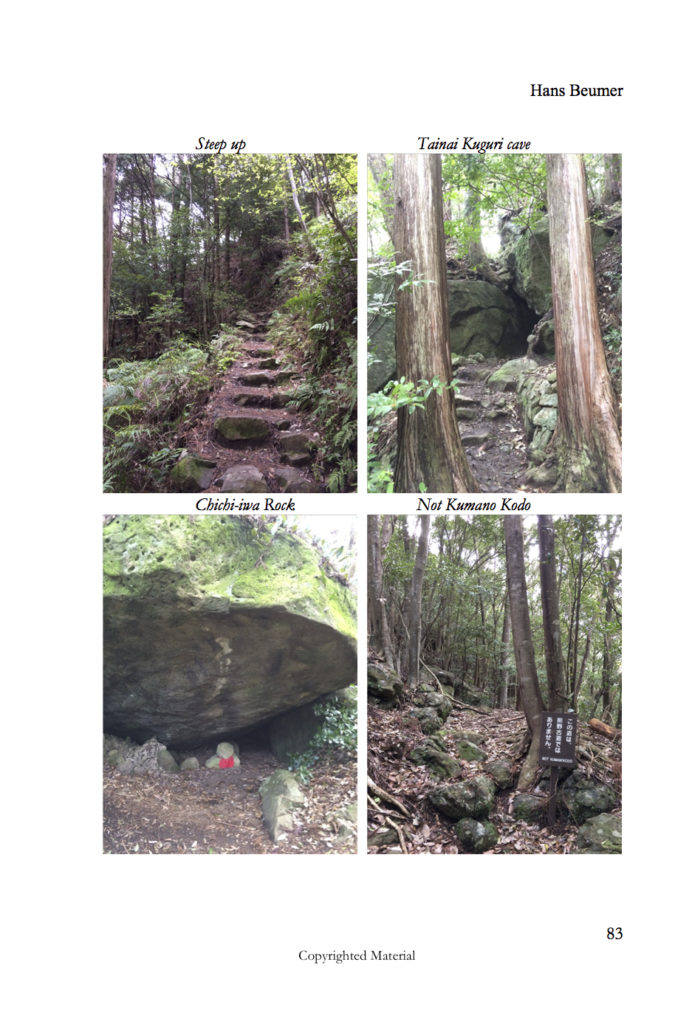
Kumano Kodo, UNESCO World Heritage, Pilgrimage Routes, Japan, Kii Mountains, Kii Peninsula, Nakahechi Route, Kohechi Route, Ohechi Route, Kiiji Route, Omine Okugakemichi Route, Iseji Route, Tanabe, Hongu Taisha, Nachi Taisha, Hayatama Taisha, Grand Shrine, Kumuna-gawa River, Boat Tour, Yunomine Onsen, Onsen, hot spring bath, Kumano Sanzan, Kii Mountain Range, hiking, pilgrimage, Ryokan, Minshuku, Shukubo, Wakayama, Nara, Mie Prefecture, Koyasan, cultural landscape, Sacred Sites, Shrines, Oji, Kannon, Jizo, deities, Temple, Shinto, Buddhism, travel guide, Camino de Santiago, Hans Beumer, The mountain trails, suffering, hardship, mystic beliefs
